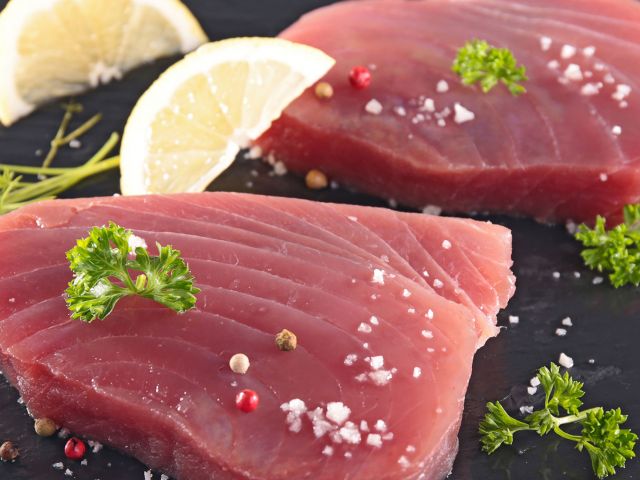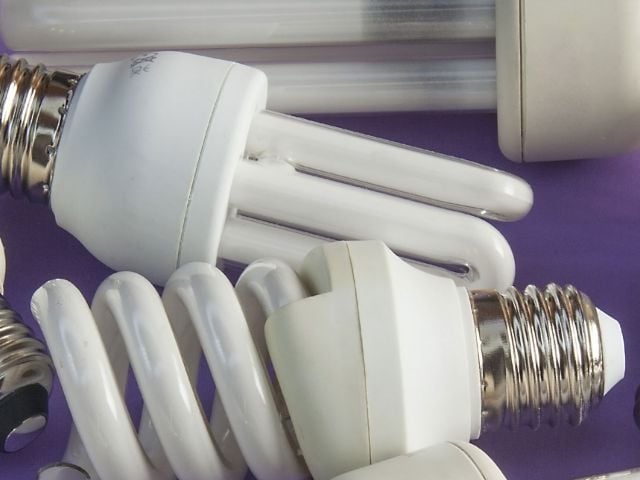Research
FDA's Midnight Mischief Heightens Mercury Risk to Pregnant Women, Infants
Fish is loaded with valuable nutrients, including protein, iron, omega-3 fatty acids, which reduce harmful cholesterol, lower blood pressure and prevent blood clots, and selenium, a trace mineral that helps the body prevent cellular damage. But some ocean-dwelling fish also contain high levels of mercury, a powerful neurotoxin that is especially dangerous to the fetus and infants.



